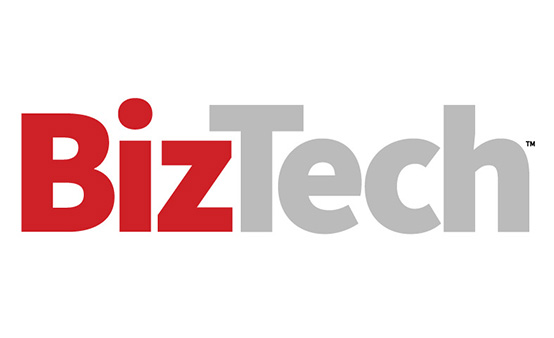What Is MACH Architecture?
MACH is an acronym that stands for microservices-based, API-first, cloud-native Software as a Service and headless. MACH architecture offers small businesses and startups a faster track to new minimum viable products, specifically software-based products and services. The structure also minimizes risk while leaving room for growth.
A quick overview of MACH’s core components is necessary to understand how it achieves these benefits for startups and small businesses:
Microservices-Based: “With a microservices architecture, an application is built as independent components that run each application process as a service,” according to AWS. Simply put, this lets you scale specific functions of an application. If demand for a particular process of an application increases, a business can scale that process as opposed to the entire application.
Consider the example of an e-commerce platform. It might have entirely separate microservices for payment, shopping, user authentication, inventory tracking and email marketing. Each of those functions can scale as needed.
Microservices can be owned and operated by small development teams or leased as cloud services.
API-First: Application program interfaces tie different microservices together. Each microservice exposes a set of APIs. Without those APIs, a front-end e-commerce app, for instance, wouldn’t be able to validate a user, accept payment and talk to the other combination of microservices that let a customer complete an online purchase.
API-first prioritizes the design and implementation of APIs before any other part of the software, since APIs are the key interface mechanism for a set of microservices.
Cloud-Native SaaS: Cloud-native SaaS refers to SaaS solutions that leverage all the benefits of the cloud. This includes “elastic scaling of highly available resources,” according to the MACH Alliance.












